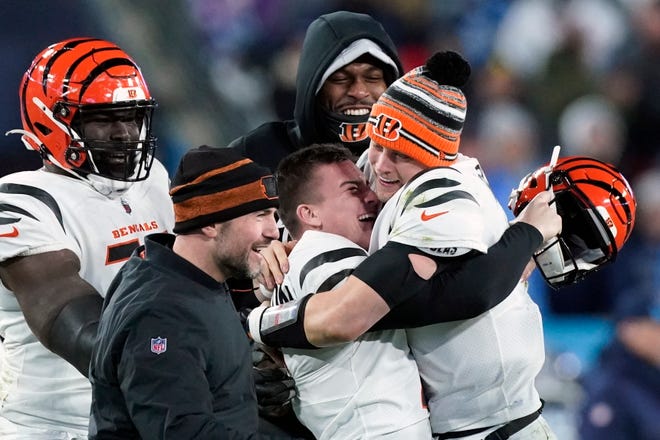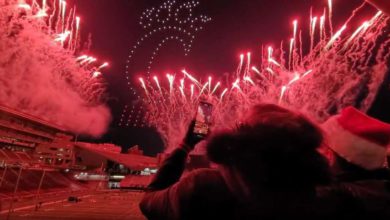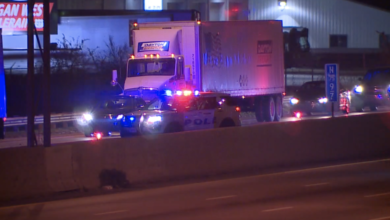
One day after extreme heat smashed records across Western states, Sunday was expected to bring another round of all-time high temperatures.
But a bit of relief – ever so slight for some – is expected around the corner Monday for the 5 million people withering under a heat wave that gripped the West this weekend, AccuWeather senior meteorologist Tyler Roys said.
This summer’s blistering temperatures are a side effect of the droughts the West experienced last fall, Roys told USA TODAY, and they aren't directly linked to climate change.
“It’s not unusual to have heat waves in this area, and there’s been a drought since October,” Roys said. “Most places are getting 50% of their normal rainfall.”
As the ground grows drier, the hotter temperatures rise, which creates a positive feedback loop that fuels the heat, Roys said.
On Saturday, daily records were broken across California, Nevada and Arizona, and extreme heat extended into Idaho and the interior parts of the Pacific Northwest.
AccuWeather expected the temperature in Death Valley to reach 129 degrees Sunday, which would tie for the daily record high. Death Valley hit the same temperature on Saturday. The world record high is 134 degrees.
Weekend a scorcher:Heat expected to hit 30+ million people in West with temps up to 130 degrees
Forecasters are also calling for Las Vegas to hit another all-time high, as it did Saturday with a temperature of 117 degrees.

On Saturday, St. George, Utah, also hit 117, setting another tie for an all-time high, according to the National Weather Service in Salt Lake City.
In California, the daily record high was expected to be broken in Fresno with a forecast of 113 degrees. A maximum high was also possible in Bakersfield, according to the National Weather Service in Hansford.
Even when the temperatures cool somewhat this week, Death Valley will still hover around 120-125 degrees, which is 4-8 degrees above the average temperature for this time of year, according to AccuWeather.
Weather pattern returns:La Niña climate pattern should return this fall and last through winter. Here's what to expect.
Las Vegas should cool to 100 to 110, which is close to the 104-degree average for this time of year. Temperatures in Fresno are expected to drop slightly to the low hundreds, only a few degrees above normal.
The cold fronts on their way to break the heat are low-pressure weather systems that will move across Montana late Sunday night into Monday, Roys said. Another wave of cool air will arrive off the Northern Plains on Monday and Tuesday.
Sporadic monsoonal storms in Arizona and parts of New Mexico will also become more regular and widespread, he said.
An initial heat wave that hit the Northwest a few weeks ago brought the hottest June on record since 2015 for California, Nevada, Utah, Arizona and Idaho.









